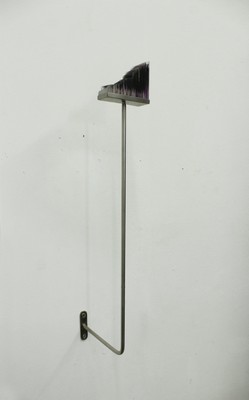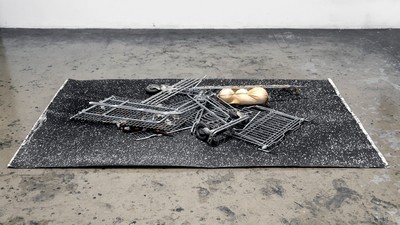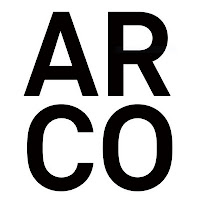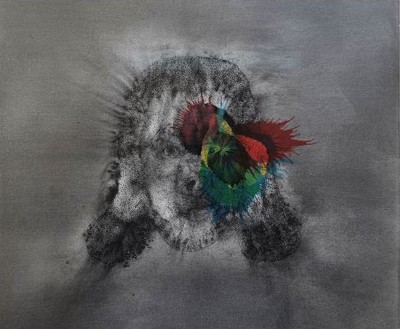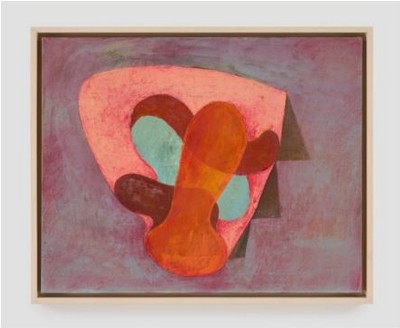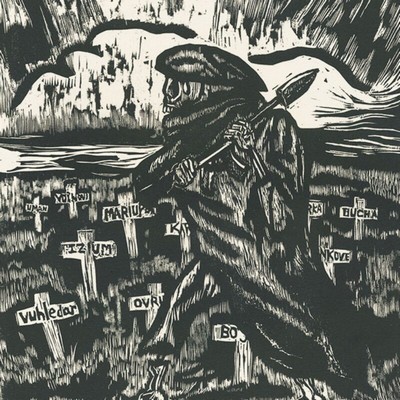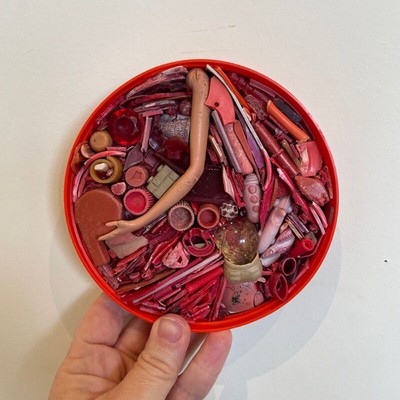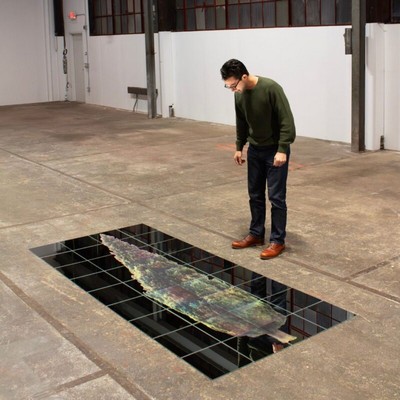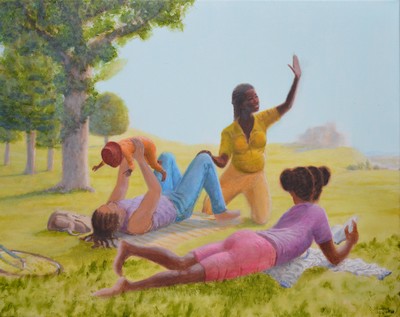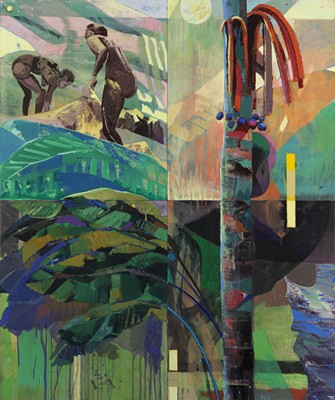Betty Parsons
Alison Jacques Gallery, London
20 March – 27 April 2024
St. Simon, 1952
© The Betty Parsons Foundation
I’ve always been fascinated with what I call ‘the invisible presence’. The most permanent thing in this world is the invisible; you never get away from it.– Betty Parsons, Interview reproduced inJudith Stein and Helène Aylon, ‘The Parsons Effect’,Art in America, 11 November 2013
Alison Jacques presents its second solo exhibition of the late American artist BETTY PARSONS (b.1900 New York, US; d.1982 Southold, New York, US). This exhibition showcases over thirty years of Betty Parsons’ practice, including paintings on canvas and paper and sculptures dating from 1950 to 1980, marking the first time an overview of the breadth of Parsons’ practice has been shown in London. In keeping with the ambition of Alison Jacques’ programme to showcase the works of artists that were under appreciated during their lifetime, this exhibition presents Betty Parsons first and foremost as an artist, rather than contextualising her legacy based on her position as a gallerist.
‘I knew about painting because I was a painter’, Betty Parsons once remarked of her career as one of New York’s leading gallerists.1 Parsons’ prowess as founder and director of Betty Parsons Gallery (1946-1983) has long obscured an appreciation of her own artistic endeavours. While her discerning eye helped launch the careers of many notable artists, including Agnes Martin and Jackson Pollock, Betty Parsons maintained a rigorous commitment to her own practice. ‘When I’m not at the gallery, my own art is my relaxation’, she once said. ‘That’s my greatest joy’.2 ‘I would give up my gallery in a second if the world would accept me as an artist’.3
Betty Parsons’ practice was concerned largely with the exploration of colour. Her paintings can be characterised through their large, sinuous swathes of colour that playfully interact, punctuating her saturated canvases. Much like other works included in this exhibition, the forms that feature in Summer Fire (1959) do not possess hard, defined edges, but rather stand apart from one another through drastic changes in tonality: an almost fluorescent orange glows in the centre of the canvas, the vibrancy of this inclusion amplified by the subtler greens, greys and blues that surround it. Parsons’ use of the grattage technique, etching into her painterly surface, reveals more streaks of orange even in places the colour has been painted over. For Betty Parsons, bold colour had the ability to infuse forms with a sort of kinetic energy. Her move towards abstraction was in part influenced by her experience of attending a rodeo in the mid-1940s: ‘I saw all the movement, the noise, the colour, the excitement, the passion. I thought, my God, how can you ever capture this except in an abstract sense?’4
Betty Parsons’ paintings reflect a desire to convey a sheer energy; she was particularly interested in the principles of the auratic, and what she termed the new spirit. Her instinct for colour was something cultivated during years of travel; her trips to Japan, Africa and Mexico greatly inspired her painterly practice. Parsons’ titles often hint at the subjects included in her works, which the artist’s abstract configurations alone do not communicate. Found Forms (1978), for instance, flatly renders an assortment of shapes using thick bands of individual colour that become hand-sized objects upon discovery of the title. The bullseyes that make up Circles (1967) are also surrounded by abstracted curves painted in the same tone, part and whole seen within a single frame.
Incorporated alongside paintings on canvas, this exhibition also includes a selection of Betty Parsons’ paintings and drawings on paper and newsprint. These works bring a diaristic perspective to Parsons’ corpus: Parsons was known to urgently open her sketchbook in order to document the energy she experienced in specific locations and times, abstractly capturing a moment as one might ordinarily do with a photograph. A playful immediacy is palpable in these works. Works such as Seed Pods (1968) exemplify Parsons’ experimental groupings of colour and shape; such is emphasised by the visibility of the white paper underneath and between her pen marks. A similar technique is implemented in her acrylic on paper works, where Parsons’ visible brushstrokes communicate a sense of movement and speed, leaving behind pockets of bright white that create a visual dynamism to the compositions. The intimate scale of these works offers a more personal insight into Parsons’ practice.
Betty Parsons returned to sculpture in 1965, which had been one of the artist’s first mediums. She experimented with elements of found material such as driftwood, signage, and disassembled furniture that she collected from the beach near her home. Once assembled into shapes reminiscent of buildings, toys or masks, Parsons treated these assemblages with paint in the same way she would a canvas, covering the items in blocks of pigment or using gestural lines. Such a process gave new life to these forgotten objects that now seem to carry the weight of mementos; these sculptures are indelibly connected to Parsons’ deep interest in the mysticism contained within Native American craft and artistic production.
The small scale of Betty Parsons’ sculptures has abetted a comparison to ‘domestic objects’ or ‘knick-knacks’, a disparaging dismissal of Parsons’ significance as a female artist.5 By showcasing Parsons’ entire oeuvre, this exhibition spotlights Parsons’ multimodal practice, and calls for a redress of Parsons significance in both narratives of the time period and in the contemporary. The latter is reinforced by Betty Parsons’ inclusion within recent exhibitions at Whitechapel Gallery, London (2023), and museum acquisitions including the Whitney Museum of American Art, New York and the Carnegie Museum of Art, Pittsburgh, Pennsylvania, among others internationally.
1. Betty Parsons cited in Edith Newhall, ‘A Portrait of the Artist… and the Dealer and the Bon Vivant’, Art Beat, 13 May 1991, p.29.
2. Betty Parsons, interview in Art in America, 1977.
3. Betty Parsons cited by Richard Tuttle in The Painted Sculpture of Betty Parsons (Naples, FL: Naples Museum of Art, 2005).
4. Betty Parsons cited in Ken Kelley, ‘Betty Parsons Taught America to Appreciate What It Once Called “Trash”’, People, February 1978.
5. David Frankel, ‘Review: Betty Parsons Spanierman Modern’, Artforum, December 2008.
ALISON JACQUES
22 Cork Street, London W1S 3NG



